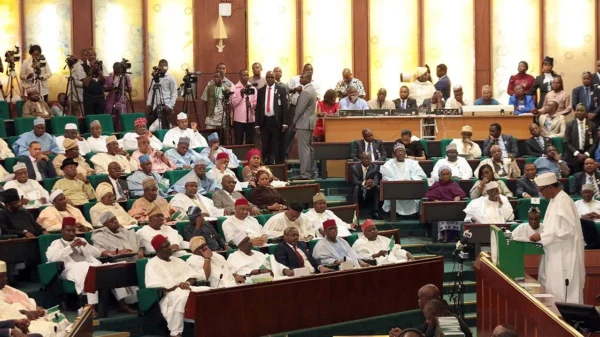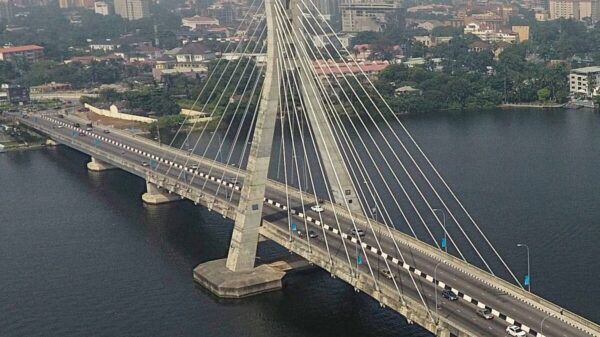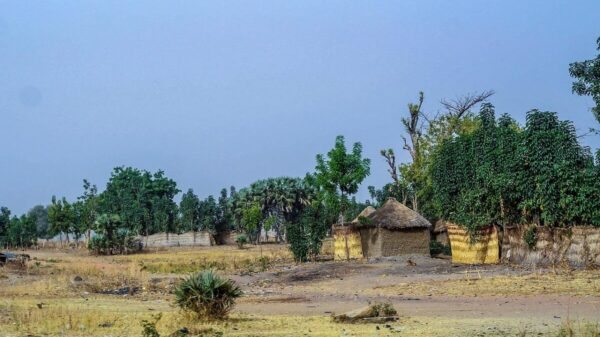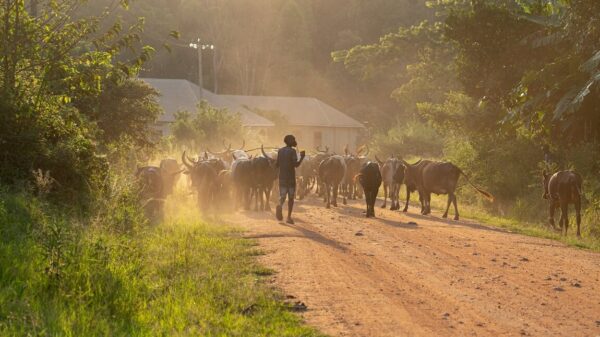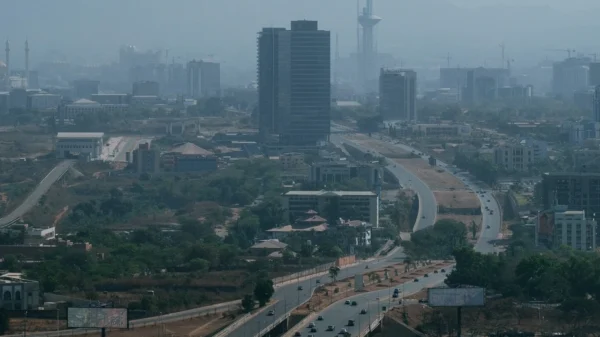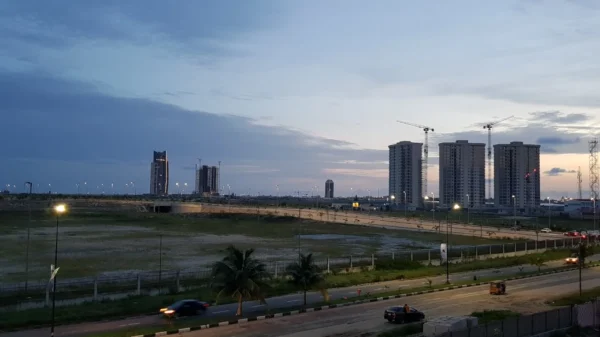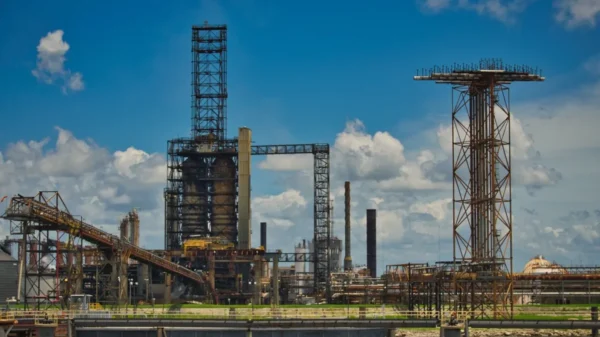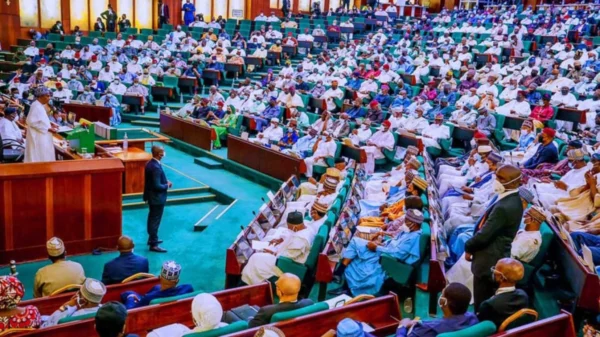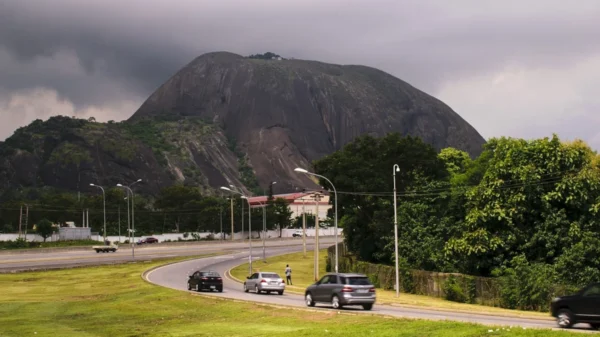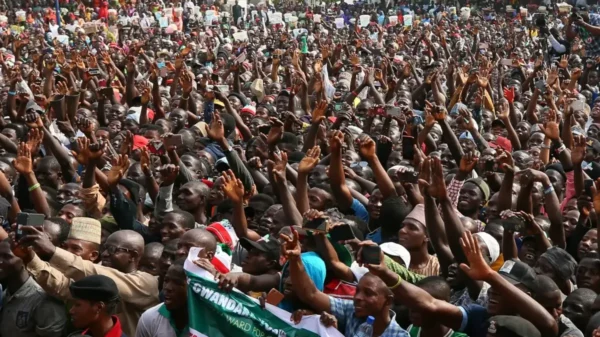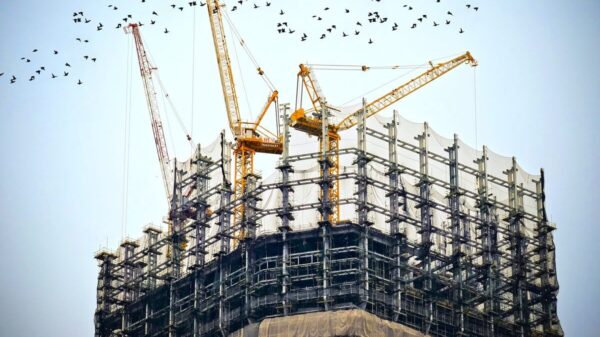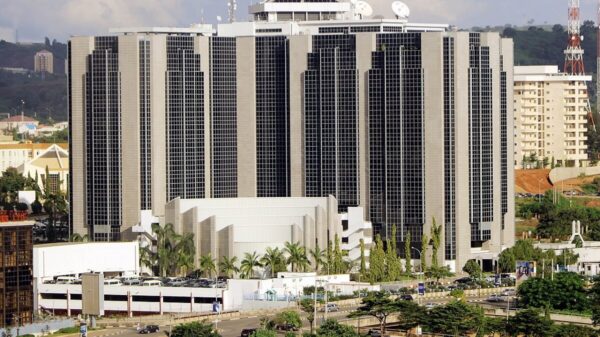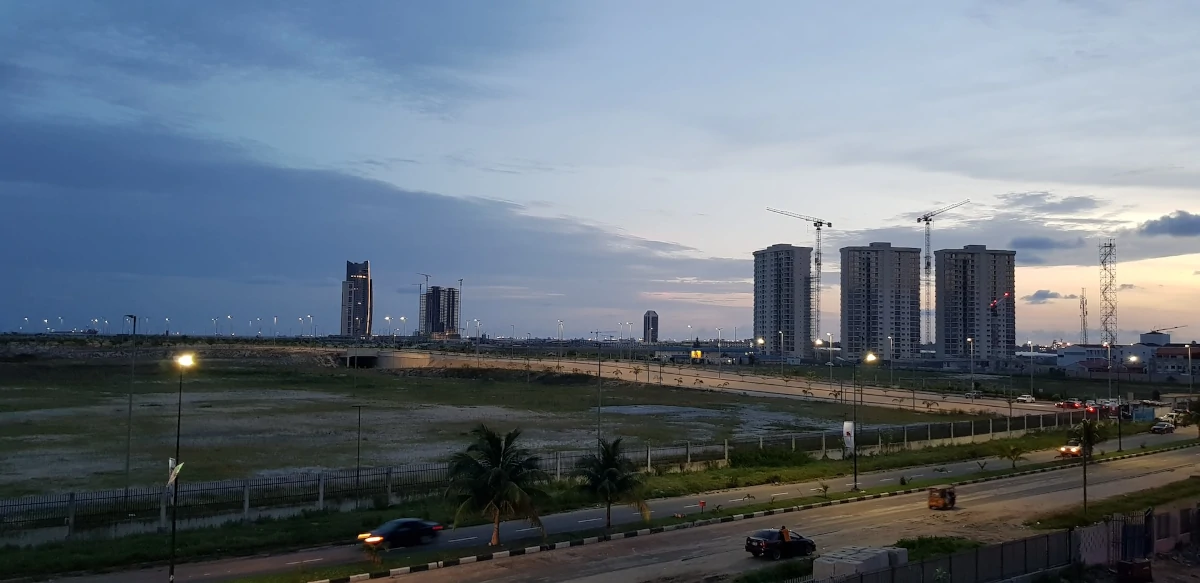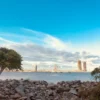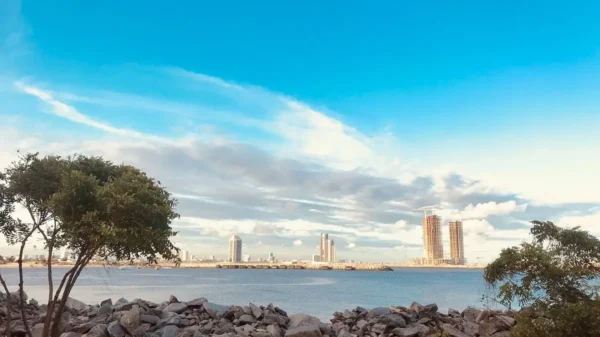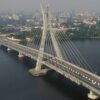Major Takeaways
- Lagos, with its intense trading activity and economic output has great potential to become one of the most livable cities on the continent, a promise it remains far from delivering.
- A key hindrance to Lagos becoming world-class is the unhealthy imbalance of infrastructural development between the Mainland and Island regions.
- The road to development, and eventually becoming a world-class city is a long and arduous one, and only possible with a combination of the implementation of the right initiatives, and the presence of an unbroken line of capable leaders to execute the task sustainably.
Per the Merriam-Webster dictionary, to be “world-class” means to be “of the highest caliber in the world.” Where cities are concerned, this could mean a variety of things. It could mean cities free of “crime and grime” teeming with towering skyscrapers, or it could mean a city with great connectivity that ensures dignity and legal protection for its informal workers. In any case, the ‘world-class city’, as elusive as it sounds, is the ideal all cities race after.
Large populations aren’t necessarily beautiful or excellent. In fact, some of the most economically stable countries in the world, e.g., the Nordic states of Finland and Norway, have pretty low populations by global standards. Instead, other factors determine how world-class a place is. Standard of living, per-capita income, technological advancement, and other economic aggregates are some of the primary factors that determine how world-class a city is.
For residents of Lagos or Nigerian citizens reading this piece, there is the near-eternal conundrum of when the country will deliver on its much-heralded economic promise. For a nation once called the Giant of Africa, living standards in its most populous city are as far from ideal as possible.
What went wrong? What errors are still being made? And, most importantly, is there a way forward from the current mess?
Lagos: A Haven for African Excellence
According to World Population Review, Lagos is the most populous African city in the world, with its estimated population of over 15 million souls dwarfing that of Cairo and Kinshasa. The entire landmass is strategically located to be a gateway to the rest of the country. Indeed, the colonialists understood this and as a result, made the city their administrative headquarters.
From the vast expanse of the Atlantic to the south, the city’s many natural harbors welcomed and continue to welcome ships worldwide. The thriving local markets close to the Tincan Island and Apapa ports are hubs for trade in fabrics, electronics, automobiles, and household goods. Merchants from across the city, and indeed as far as places like Ibadan, Abuja, and Makurdi, come to buy and sell goods, a significant chunk of which also goes out as export for valuable foreign exchange. With such intense economic activity, it is no surprise that the city’s GDP is projected to reach $355 billion by 2025.
Nevertheless, there is a massive disconnect between the statistical numbers of Lagos’ projected economic growth and the existing reality.
A Gulf in Class and Standards
Never has the gulf between rich and poor been so geographically pronounced as it is in Lagos. Any foreigner visiting the city for the first time will quickly realize that life north of the Third Mainland Bridge differs from its southern equivalent. This is not to say that all of the mainland is a slum. There are several high-standard housing estates around Ikeja, Surulere, and even Iju, where the power supply is excellent and well-manicured terraces dominate the landscape. Nevertheless, on average, standards in most of the city are below what can be genuinely defined as “middle-class.”
The slums of Ajegunle and Agege are some of the most notorious, even by global standards, with entire communities dominated by ruthless cults who war daily on its streets. Makoko, the legendary slum of slums, is an ugly blight on the face of the Lagos Lagoon, impossible for Lekki and VGC-bound motorists to ignore as they ply the Third Mainland Bridge on their way to the finer parts of the city.
The case is barely different across the rest of the city, with thousands of families struggling to access decent and affordable housing in Alimosho, Ojo, Ikotun-Igando, and Ikorodu. Electricity tariffs are the highest they have ever been and continue to rise despite a lack of the corresponding increase in average income that would characterize an ideal scenario. The effect is that the bulk of the city’s population is forced to make do with sub-standard living conditions. The system dictates living standards, and the non-compliant populace suffers as a result.
Transportation is hardly better. The network of near-legendary yellow buses that carry passengers everywhere across the mainland and parts of the Island area is dominated by uncouth rogues who care nothing for ideal standards and are only interested in making as many trips as possible to make a decent daily profit. Upon close inspection, there is a stark lack of government control over transport standards, with the introduction of the Bus Rapid Transit system the closest thing to government intervention in the sector. However, as long as there is demand for a service, its supply will continue to grow. While being an ideal bus transport system by world standards, the Bus Rapid Transit network has failed to scale. The demands of millions of commuters in the world’s most populous black city outweigh the infrastructural supply, resulting in low standards.
The road networks are much better than they were in the past, with a series of ongoing rehabilitation projects ongoing in many local governments. Nevertheless, whether it is for lack of quality engineering standards or corruption in the Ministry of Works and Infrastructure, several projects are either left uncompleted or physically degraded much earlier than they ideally should.
All of this is in stark contrast to the elite-dominated sectors of the city, where excellent infrastructure and geographic beauty reign supreme. However, even these areas suffer from the annual floodings, which is as much a result of poor urban planning as rising sea levels and global climate crisis.
How can Lagos become a world-class city?
Lagos can be likened to an overfilled bag that is straining its seams. The seams have burst in some parts, and the bag’s contents are visible to the public.
Anyone who has worked in a government parastatal and been privy to the city’s administration and governance will tell you that apart from the corruption that abounds on several levels, the biggest hindrance to the city’s development is its fast-growing population. Indeed, the incumbent governor, Mr. Babajide Sanwo-Olu, summed up his state’s woes as follows.
“Lagos population is about 25 million and it is a city that has over 300 tribes. In that contraption, Lagos represents less than 0.4 per cent of the total landmass of the country. Nigeria’s land mass is over 920, 000 square kilometres and Lagos is just about 1,200 square kilometres.”
However, merely stating the state’s geographic realities cannot help it develop further. Rapidly rising living standards mean that the average citizenry will perpetually struggle to afford quality living. However, the government can still take specific measures to improve things.
A mass infrastructural development scheme needs to be initiated beyond anything undertaken before. Infrastructure is the backbone of any strong economy, and Lagos lags far behind the rest of its global counterparts. To achieve this, the state must embrace a scale of technological innovation unlike any other and look beyond the limits of its current modus operandi.
Although the city is fast embracing digital innovation and is indeed attracting investments ahead of its projected 70% broadband penetration by 2025, it should be noted that developments in internet connectivity, and indeed, other forms of infrastructural advance, have been mostly limited to the so-called “Island” and adjoining sectors.
Rome was not built in a day, and the process of elevating Lagos is gradual. Small echoes and motions in the void can lead to an avalanche, but first, the echoes and motions must be made to the right frequency and intensity. The first step to making Lagos a world-class city is bridging the massive gulf between the “Island” and the “Mainland,” and the key to this is making the mainland attractive enough for investment in real estate, commerce, and broadband. With better roads and optimal power supply will come increased commercial productivity. Increased productivity equals better income flow, which in turn can boost employability and the demand for high-value skills.
Finally, Lagos must empower its citizens. Poverty cannot be alleviated by distributing palliatives. To ensure that a man does not come back begging for more fish, one must teach the man how to fish. There is no better way to do this than to empower industrious and promising enterprises with the means to develop and grow.
Final Thoughts
While infrastructural developments and empowerment initiatives are the ideal solution to the mess, one could argue that the most crucial element to this proposed development is the presence of the right individuals in administration.
Only brilliant rulers can come up with the best initiatives. Only honest leaders can ensure that the initiatives and schemes are executed to benefit all. And only an unbroken line of good leadership can make the gains sustainable in the long term. Only when these conditions are fulfilled can Lagos become a world-class city that will be the envy of anyone who calls Africa home.
Akinwale is an avid reader of fantasy fiction, a global conflict enthusiast and a lover of Taylor Swift’s music. He is skeptical about the long-term viability of democratic rule in Africa, and plays amateur football as a hobby.


